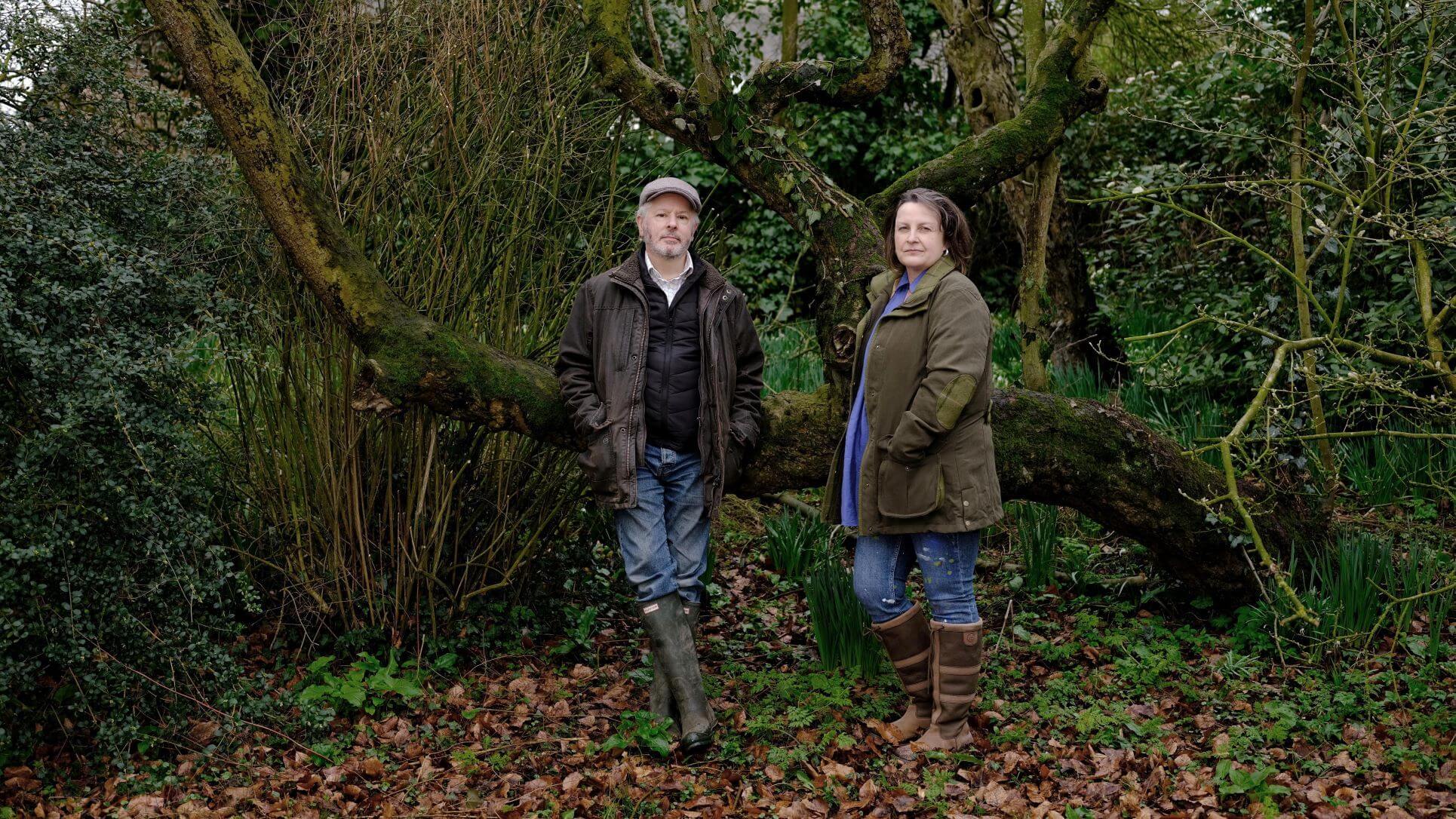Managing Small Business Finances In An Economic Slowdown
Customers, staff and a plan for the rebound will all help.

Last year, the global economic discourse was dominated by inflation. Prices for goods, services, staff and raw materials all shot up, while a spike in interest rates made borrowing more expensive. Although it appears to have peaked in many countries, inflation is likely to remain a key feature this year. For small business owners, this means costs may well keep rising, but at a slower rate.
On top of this, small businesses are likely to be operating in an environment of slowing economic growth in 2023. Despite the challenging combination of slowing growth and high inflation, there are things these businesses can do to limit the impact, including planning ahead for an eventual rebound.
The end of widespread lockdowns brought a consumer spending spree which buoyed the economy, but that’s nearing its end as central banks continue to raise interest rates to deliberately slow economies and get inflation back under control. As a result, the 2023 ‘new normal’ requires small business owners to adjust to operating in a low growth environment – for now.
It may feel like business owners are facing one economic hurdle after another. But despite the myriad challenges of lockdowns, Brexit and the energy crisis, there is opportunity on the horizon. After all, small businesses have learned a lot from this difficult period. At a time when inflation remains high and growth is slowing, applying key lessons can help them stay resilient and even prepare for future growth.
Be extra sensitive to customer needs
The impact of rising interest rates is flowing through the global economy, meaning small businesses in many countries around the world are facing a similar predicament. Although the OECD is forecasting that group-wide growth will slow from an estimated 2.8% in 2022 to just 0.8% in 2023, the UK is predicted to perform below this average still – down to -0.4%.
At times like this when it’s more difficult to acquire new customers, nurturing existing relationships and adapting internal operations to their demands become extremely important.
During periods of low or contracting growth, the most successful small business owners will be those who respond quickly to customers’ changing needs and evolving market conditions. For example, this might include reducing the amount of stock held to avoid overpaying for materials, evolving the product offering mix altogether or giving discounts to loyal customers.
Explore new ways to attract and retain staff
Staff shortages around the world were common in 2022. This was driven by a range of factors, including multiple industries suddenly returning to post-pandemic activity levels and all wanting to hire at the same time.
We saw this reflected in record vacancies in the UK last year, alongside participation rates remaining below pre-COVID levels, in part due to the lingering impacts on population health and people taking redundancy as an opportunity for early retirement, which saw many drop out of the workforce at this time.
This means that even for those small business owners and operators that were growing in 2022, it was difficult to expand their workforce to meet demand. However, the pressure to find and keep employees might be easing. In fact, recent data suggests not as many firms are looking for staff now as they were a few months ago.
Our latest Small Business Index data showed that in the UK, although the number of people employed by small businesses declined by 2.5% year-on-year, this was the smallest drop since April 2022, implying that the jobs market might be showing early signs of levelling out.
Despite these potential early signs of recovery – or at least a better alignment of supply and demand – access to talent will remain difficult, even as economic growth slows. As a result, those business owners who are recruiting must use wage and non-wage strategies to ensure they stand a fighting chance to attract talent in the competitive labour market, and just as importantly, keep them once they arrive.
Be prepared for an economic rebound
We may be living in a low-growth environment, but economic cycles mean there will eventually be a recovery. Eventually, the interest rate cycle will turn and prompt a significant shift in trading conditions. It may be difficult to look too far ahead in the current financial climate, but small businesses that can build some flexibility into their financial planning will be in the best position to capitalise when conditions improve.
Small business owners will be most successful if they focus on keeping on top of cash flow, responding to evolving customer demand and staff retention this year. But the slower growth period could provide a useful opportunity to ensure they are ready for the economic rebound. The timing of this is uncertain, but planning for it will help them adapt quickly when the opportunity for stronger growth presents itself.
Despite inflation levels peaking, it’s unlikely that prices will fall significantly in the short term. In fact, aggregate prices are still likely to keep rising, albeit at a slower pace than the rapid increases seen last year. As a result, staying profitable and covering those costs must be the core priorities for 2023 – but planning for a return to growth could help small businesses win in the years ahead.
Louise Southall is an economist at Xero.
Thanks for signing up to Minutehack alerts.
Brilliant editorials heading your way soon.
Okay, Thanks!

